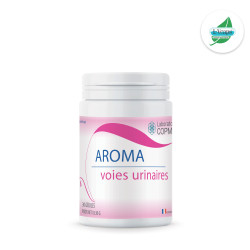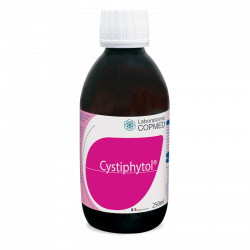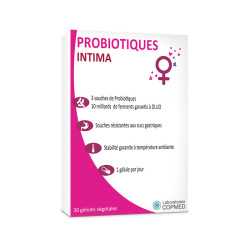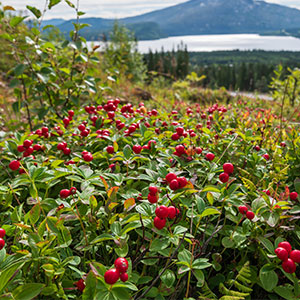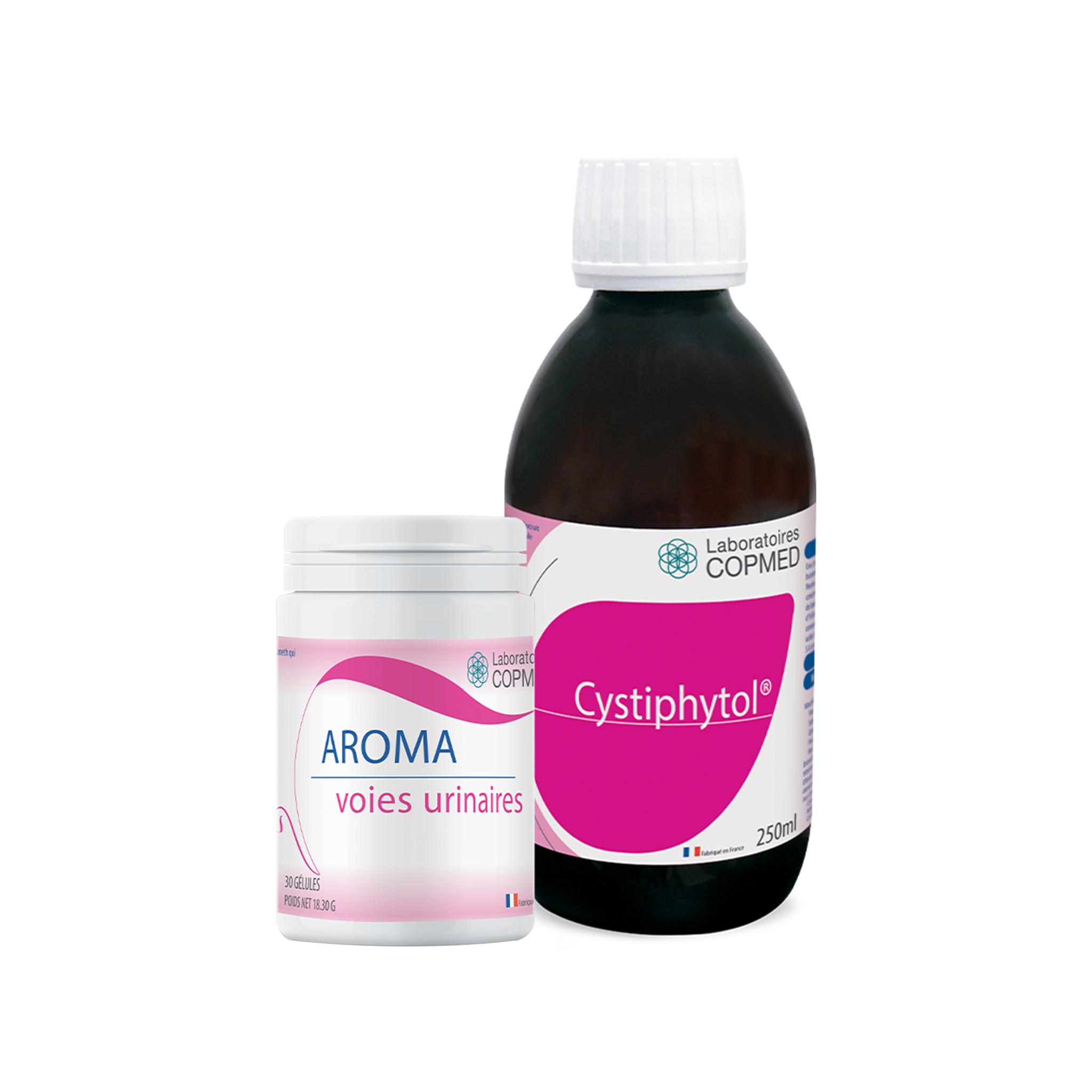Sources :
[1] Medina M, Castillo-Pino E. An introduction to the epidemiology and burden of urinary tract infections. Ther Adv Urol. 2019 May 2;11:1756287219832172. doi: 10.1177/1756287219832172. PMID: 31105774; PMCID: PMC6502976
[2] Simmering JE, Cavanaugh JE, Polgreen LA, Polgreen PM. Warmer weather as a risk factor for hospitalisations due to urinary tract infections. Epidemiol Infect. 2018 Feb;146(3):386-393. doi: 10.1017/S0950268817002965. Epub 2018 Jan 8. PMID: 29307331; PMCID: PMC5808437.
[3] Riaz G., Chopra R., et al. A review on phytochemistry and therapeutic uses of Hibiscus sabdariffa L. Biomed Pharmacother. 2018 ; 102 :575-586
[4] Etude propriétaire Ellirose™ : https://healthnutritionhub.givaudan.com/science/ellirose
[5] Wang, C. H., Fang, C. C., et al. Cranberry-containing products for prevention of urinary tract infections in susceptible populations : a systematic review and meta-analysis of randomized controlled trials. Arch Intern Med. 2012. 172(13) : 988-996.
[6] Howell AB. Bioactive compounds in cranberries and their role in prevention of urinary tract infections. Mol Nutr Food Res. 2007. 51(6) : 732-737.
[7] Ferrara P, Romaniello L, et al. Cranberry juice for the prevention of recurrent urinary tract infections : A randomized controlled trial in children. Scand J Urol Nephrol. 2009. 9 : 1-5.
[8] Wing DA, Rumney PJ, et al. Daily cranberry juice for the prevention of asymptomatic bacteriuria in pregnancy : a randomized, controlled pilot study. J Urol. 2008. 180(4) : 1367-72.
[9] Das, S. (2020). Natural therapeutics for urinary tract infections—a review. Future Journal Of Pharmaceutical Sciences, 6(1). https://doi.org/10.1186/s43094-020-00086-2
[10] Burgundy Botanical Extract-2008
[11] Gupta K, Chou MY, Howell AB, Wobbe C, Grady R, Stapleton AE. Cranberry products inhibit adherence of P-fimbriated Escherichia coli to primary cultured bladder and vaginal epithelial cells. J Urol. 2007 Jun;177(6):2357-60.
